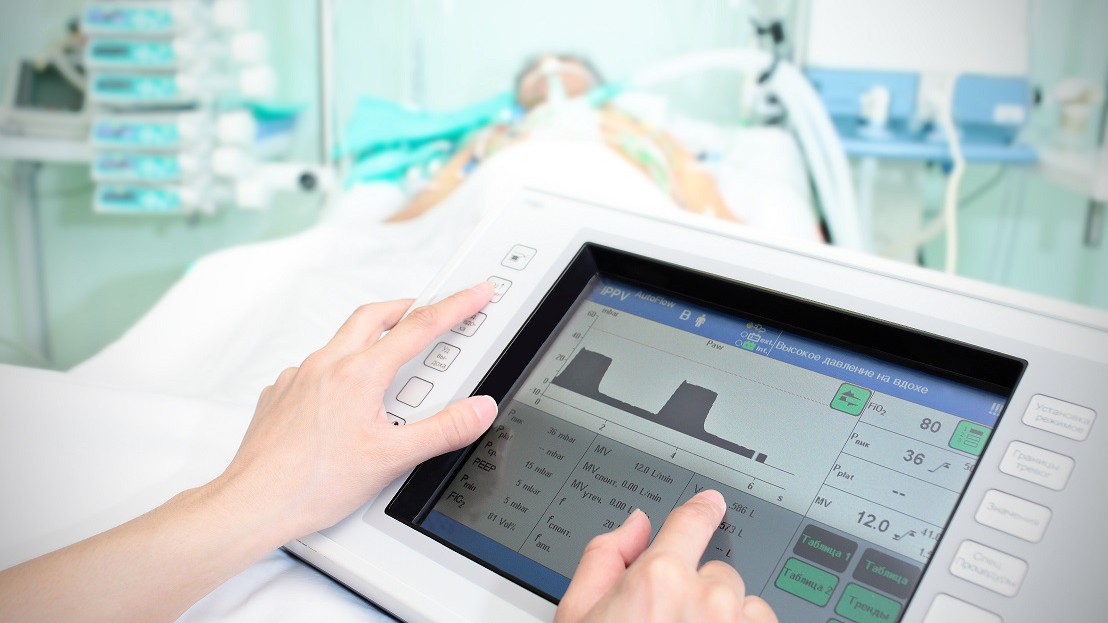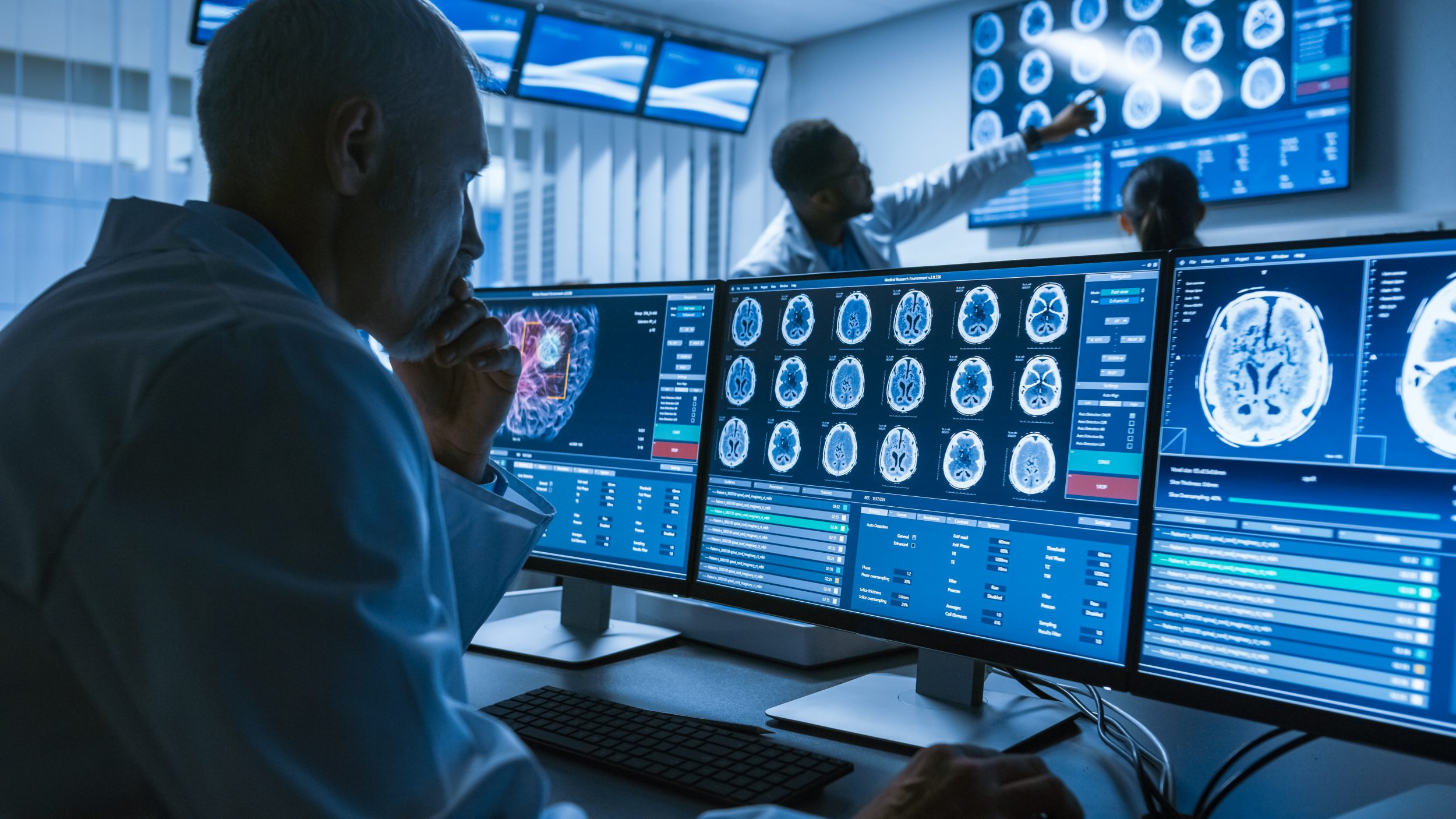Worldwide, over 300 million surgeries are performed each year, with US surgeons performing around 64 million procedures alone. To maximize each surgery’s success, hospitals equip their surgical teams and operating theaters with the best possible tools and equipment. Today’s article will review the most essential types of operating room equipment, including their purposes, uses, and benefits.
Core Operating Room Equipment
Article Guide
Operating rooms must have specific medical equipment to function properly. These five are considered core equipment for ORs.
- Operating Tables: Also known as surgical tables, the primary purpose of operating tables is to keep the patient in place. General-purpose tables are designed for surgeons to perform a wide range of procedures, while orthopedic and neurology tables are specialty-specific. Surgical table accessories like arm supports allow surgeons to position patients in various ways to make surgery safer and more accessible.
- Surgical Lights: Surgical lights provide the necessary light to illuminate the operation site while eliminating shadows. Today, many older halogen lights used in ORs have been replaced by brighter, more energy-efficient LED options. These new surgical lights last longer, emit less heat, provide more accurate color rendition, and have better shadow control.
- Anesthesia Machines: Anesthesia machines render patients into a controlled state of unconsciousness. Its role makes the medical device, also known as an anesthesia workstation, anesthesia delivery system, and anesthesia cart, central to the patient’s safety. For example, the machine’s flow meters, vaporizers, ventilators, and pressure gauges deliver a precise mix of anesthetic gases and oxygen to the patient. Medical-grade monitors keep the surgical team informed of the patient’s vital signs, and hypoxic-mixture alarms and oxygen failure alarms swiftly alert team members if the patient develops any sudden issues or complications.
- Electrosurgical Units (ESUs): ESUs or Bovie machines (named after its creator, William Bovie) allow surgeons to cut and cauterize tissue with electricity, which minimizes bleeding. Electrode pads ground the electricity traveling through the patient’s body. Other modes allow more delicate work, like brain surgery.
- Surgical Instruments: Rounding out the five core essential operating room equipment are the surgical instruments. They are the most important, as they allow the surgeons and their teams to perform procedures directly. At a minimum, the OR should stock:
- Forceps to grip, hold, or move tissue and other objects during surgery
- Hemostats to stop bleeding, especially from small blood arteries
- Retractors to pull back cut tissue
- Scalpels to make incisions
- Suction devices to keep the surgical area clear of fluid during surgical procedures
- Surgical clamps to keep cut tissue in place or to stop blood flow
- Surgical needles and sutures for closing incisions and wounds
- Surgical scissors to make precise cuts
Maintenance is critical for these high-quality surgical instruments. Cleaning processes like sterilization via autoclaving ensure safe use during procedures. The cleaning processes also ensure their longevity. For example, using surgical instrument lubricants instead of saline solutions prevents possible corrosion, ultimately weakening the instruments.
Supporting Equipment
Supporting equipment consists of tools and devices that play vital, yet indirect, roles in surgical success. Here are four examples.
- Surgical scrub sinks: Surgeons and their teams use these to scrub their arms and hands of pathogens, reducing the chance of transmitting healthcare-associated infections (HAIs) to patients.
- Medical gas systems: These machines supply the patient with oxygen, nitrous oxide, and other gases. These systems also supply certain OR tools that run on compressed air. (The anesthesia machines above regulate the gasses being administered to the patient).
- Storage and mobility solutions: Efficient storage aids the surgical team by providing quick access to their medical supplies and OR equipment (examples: surgical gowns, sponges, gauze pads, etc.). Storage units range from stainless steel cases and cabinets to surgical carts.
- Nurses Station: This is the workspace in the surgical centers where nurses coordinate care for patients before and after their surgeries. Nurses often enter necessary documentation here, including updating patients’ EHRs with surgical information
Computers and Monitoring Systems
Thanks to the digital transformation of healthcare, computers have been added to many essential operating room equipment lists and guides. Core OR equipment like the previously covered anesthesia machine already uses a medical box PC to control vital functions.
Other operating room functions where computers are included:
Medical-grade computers: Surgeons may bring up patients’ electronic medical records (EMR) on their medical PC to review everything from medications to developing pre-op surgical plans. Surgical teams may track surgical equipment via their medical tablet’s built-in barcode scanner to ensure nothing gets lost in the patient’s body before closing.
Regardless of use, medical-grade computers built with features like 60601-1 certification for patient safety, fanless design, and IP65 sealed front bezel ensure the medical computer and tablets can function just fine in the sometimes unforgiving environment of the OR.
Surgical monitors: Surgical teams deal with body parts too small to be seen by the naked eye (e.g., many veins) or extremely delicate (e.g., the eye’s cornea, the brain). Certain surgical procedures, like minimally invasive surgery, also can only be performed with the necessary resources.
High-definition and 3D monitors become essential in these operations. Their high resolutions and anti-glare filters allow surgeons to see such operation sites clearly, even under bright surgical lights. 4k medical computers and displays bring up the fine details from X-rays and ultrasound scans. The information helps surgeons in pre-op as they can view tumors and other masses beforehand and properly plan for them.
Integrated Operating Rooms: A form of Internet of Medical Things (IoMT), integrated operating rooms link medical-grade computers, medical-grade monitors, and medical devices like anesthesia machines into their network.
The advantages are many. Surgeons can perform minimally invasive surgeries through surgical-assistance robots, operating solely through robotic limbs. Off-site medical specialists can advise on-site surgeons on specific surgical procedures in real-time. There is no need to bring the specialist to the OR or transport the patient to them, saving time while cutting costs. Finally, in each example, fewer personnel are in the OR, which reduces the risk of surgical site infections.
Let Cybernet Fulfill Your OR Computer Shopping Needs
To perform seamless surgeries, operating rooms should be equipped with the industry’s best medical computers.
Contact a staff member at Cybernet Manufacturing to fulfill your OR’s computer needs. Our All-In-One PCs, box PCs, and tablets are built from the ground up to be effective in demanding environments like the OR. As an Original Design Manufacturer, we can customize our specialized computers to your needs.
Join the conversation and connect with us on this and other relevant topics on Facebook, Twitter, and LinkedIn.
Extending the Life of Medical Equipment with Medical Grade PCs
November 13, 2017
The IT challenges and needs for a healthcare facility are far different than those of a traditional enterprise. Mobility, EMR compatibility, as well as 24/7 operability must all be factored in. But even within the…
0 Comments6 Minutes
Why a Long Product Life Cycle Matters in Healthcare
March 16, 2021
Regular readers of this blog will know that medical computers offer healthcare facilities many benefits over consumer-grade units. Beyond the advantages of their industry-specific features, one edge that medical…
0 Comments10 Minutes
You Can't
Learn from a Pop-up
But we can deliver knowledge to your inbox!
We dive deep in the industry looking for new trends, technology, news, and updates. We're happy to share them with you.
Knowledge, News, and Industry Updates Right in Your Inbox




